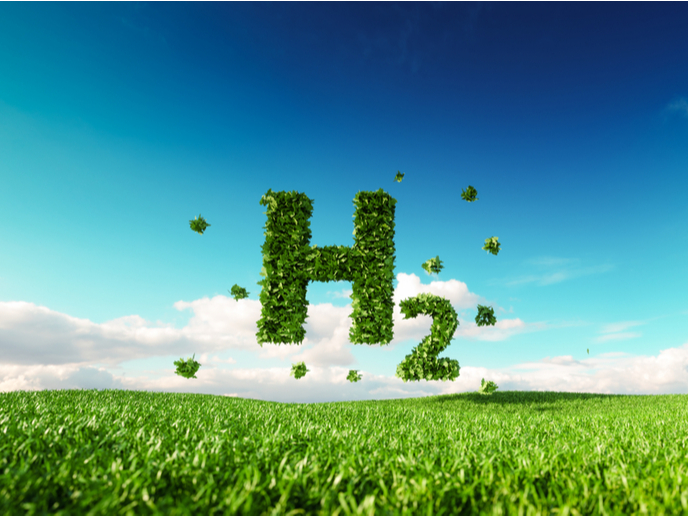Making green hydrogen more affordable
Green hydrogen is seen as key to the energy transition, both as a carbon-free fuel and as a raw material for the steel or chemical industries. Produced by splitting water into hydrogen and oxygen through electrolysis by using electricity generated from renewable resources, green hydrogen is becoming increasingly popular. However, its viability is questioned because of high production costs. Addressing this challenge, experts involved with the EU-funded CHANNEL project have created a novel technology for hydrogen production via electrolysis in a cost-effective way. According to a press release by CHANNEL project partner Evonik, the anion exchange membrane (AEM) developed by the specialty chemicals company “should contribute to the breakthrough of electrolytic production of hydrogen.” AEM refers to solid polymer electrolyte membranes that contain positive ionic groups and mobile negatively charged anions. In the same press release, Oliver Conradi from Evonik’s strategic innovation unit Creavis comments: “Our membrane could allow commercial realization of highly efficient and economically viable electrolysis technology.” He adds: “The polymer chemistry behind this membrane is the key to efficient electrolysis. And we now hold that key.”
Reduced costs
As noted in the same press release, compared with other electrolytic processes like conventional alkaline electrolysis using diaphragms or proton exchange membrane electrolysis that is highly dependent on raw materials such as precious metals, electrolysis with AEMs is more beneficial. “The innovative AEM concept reduces investment costs because the cells used for electrolysis in alkaline conditions do not require precious metals. Therefore, far less expensive materials can be used. Other attributes of this AEM electrolysis platform are high current density, very good efficiency, and high flexibility.” The AEM’s high-level conductivity is also seen as an advantage.
Efficiency
The CHANNEL (Development of the most Cost-efficient Hydrogen production unit based on AnioN exchange membrane ELectrolysis) project will run until December 2022. It aims to develop a low-cost and efficient electrolyser unit utilising “non-PGM electrocatalysts, porous transport layers, current collectors, bi-polar plates, state-of-the-art anion exchange membranes and ionomers,” as noted on the project website. “This will enable the development of an electrolyser technology at a capital cost (CAPEX) equal or below classical alkaline electrolysis. However, in contrast to the alkaline technology, the CHANNEL AEM electrolyser will have an efficiency and current density operation close to the one of proton exchange membrane electrolyser (PEMWE).” The project website also states: “The CHANNEL stack will not only result in decreased electrolyser part count, but it will also be able to operate at differential pressure, as well as under dynamic operation, optimal for producing high quality, low cost hydrogen from renewable energy sources.”
Keywords
CHANNEL, green hydrogen, anion exchange membrane, electrolysis, renewable energy



